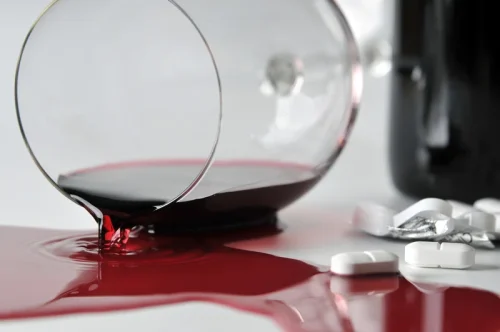For people who have alcohol-related fatty liver disease, abstaining from alcohol is the principal—and usually only—treatment. Usually at this stage of liver disease, alcoholic liver disease damage to liver can be reversed only if alcohol consumption stopped. The signs and symptoms of ALD can vary significantly depending on the severity of liver damage.
When Does Alcoholic Liver Disease Cause Symptoms?
- An assessment of alcohol use will establish when alcohol consumption started, how much a person drinks, and how often.
- Hepatic steatosis and alcoholic hepatitis without fibrosis are reversible if alcohol is avoided.
- With abstinence, hepatic steatosis may completely resolve within 6 weeks.
- Health professionals learn more and more every day about the conditions and diseases that damage our livers.
- But support, advice and medical treatment may be available through local alcohol addiction support services.
More recent studies now strongly support the notion that ethanol-induced steatosis is multifactorial as discussed below (see figure 4). Central to hepatitis development is the activation of KCs, the resident liver macrophages. Beverage alcohol (i.e., ethanol) is chiefly metabolized in the main parenchymal cells of the liver (i.e., hepatocytes) that make up about 70 percent of the liver mass (Jones 1996). These cells express the highest levels of the major ethanol-oxidizing enzymes, alcohol dehydrogenase (ADH), which is located in the cytosol, and cytochrome P450 2E1 (CYP2E1), which resides in the smooth endoplasmic reticulum (ER) (figure 1).
Oxidative damage
Therefore, the prevalence of ASH and fibrosis among patients with AUD is not well known. Although awaiting further studies, the use of non-invasive tests of fibrosis (i.e., serum markers or elastography) may be useful in patients with AUD and abnormal liver tests. In addition to enhanced hepatic lipogenesis, fat (i.e., adipose) tissue contributes to the development of steatosis. Adipose tissue normally is an important energy depot, storing excess calories derived from food consumption as fat.
Mechanisms Involved in Alcoholic Steatosis
Following transplantation, ALD patients return to consuming alcohol at rates similar to those transplanted for other reasons, although ALD patients may consume greater amounts (Bergheim et al. 2005). Because all transplant recipients exhibit increased levels of alcohol use over time, post-transplant interventions are deemed extremely valuable in supporting patients to maintain abstinence (Donnadieu-Rigole et al. 2017). With alcohol abstinence, morphologic changes of the fatty liver usually revert to normal.
Among problem drinkers, about 35 percent develop advanced liver disease because a number of disease modifiers exacerbate, slow, or prevent alcoholic liver disease progression. There are still no FDA-approved pharmacological or nutritional therapies for treating patients with alcoholic liver disease. Cessation of drinking (i.e., abstinence) is an integral part of therapy. Liver transplantation remains the life-saving strategy for patients with end-stage alcoholic liver disease. A protein intake of 1.5 grams per kilogram bodyweight and 35 to 49 kcal per kilogram bodyweight per day is recommended for ALD patients (Frazier et al. 2011). Micronutrient supplementation should be considered if deficiencies are detected.

Current guidelines suggest discontinuation of therapy if there is no indication of a decrease in bilirubin levels by day 7 of treatment (European Association for the Study of the Liver 2012). Recently, it was reported that HSCs also play a dual (i.e., stage-dependent) role in the regulation of liver inflammation (Fujita et al. 2016). An important function of HSCs is to transmit signals from sinusoid cells to the liver parenchyma.
- These symptoms may progress to more severe forms of AWS, characterized by delirium tremens, generalized seizures, coma, and even cardiac arrest and death.
- However, outcomes with steroids have been variable (Thursz et al. 2015).
- But the link between drinking and alcoholic hepatitis isn’t simple.
- On further progression, there is marked steatosis, hepatocellular necrosis, and acute inflammation.
- There was no survival advantage with N-acetylcysteine at 3 or 6 months from presentation.
Nutritional Support


